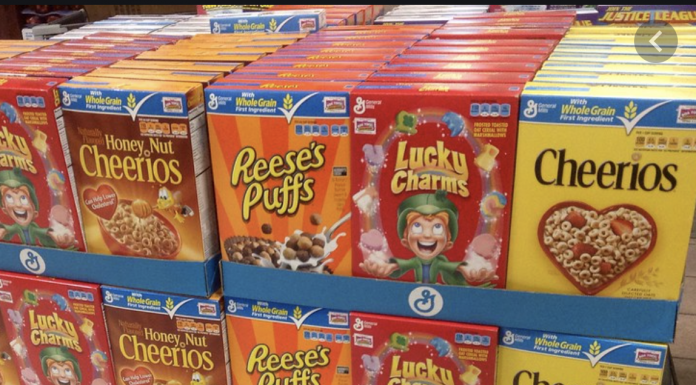CBS News – Growing concerns about the health effects of food dyes have led to a new West Virginia law banning seven artificial food dyes.
Dr. Céline Gounder, CBS News medical contributor and editor-at-large for public health at KFF Health News, told “CBS Mornings Plus” Wednesday that the impact of West Virginia’s move is yet to be seen.
“If this had been California or New York or Texas, that is a different thing, because then you’re really having such a big impact on the market. Do manufacturers want to make something different for one state like California versus the rest of the country?” she said.
“West Virginia is pretty small, so it’s hard to know if this is really just going to mean certain foods just won’t be sold in West Virginia, as opposed to separate products being developed for West Virginia.”
What’s included in the West Virginia food dye ban?
The West Virginia ban is the most sweeping state level food dye regulation in the U.S. and includes:
- Red Dye No. 3
- Red Dye No. 40
- Yellow Dye No. 5
- Yellow Dye No. 6
- Blue Dye No. 1
- Blue Dye No. 2
- Green Dye No. 3
Starting Aug. 1, these dies will not be in school meals in the state. Starting in January 2028, the dyes, along with preservatives butylated hydroxyanisole and propylparaben, will not be allowed in any foods, beverages or over-the-counter drugs sold in the state.
Why is West Virginia banning some food dyes?
West Virginia Gov. Patrick Morrisey cited Health and Human Services Secretary Robert F. Kennedy Jr.’s “Make American Healthy Again” campaign in a statement released March 24 about the ban.
“West Virginia ranks at the bottom of many public health metrics, which is why there’s no better place to lead the Make America Healthy Again mission,” he said …



